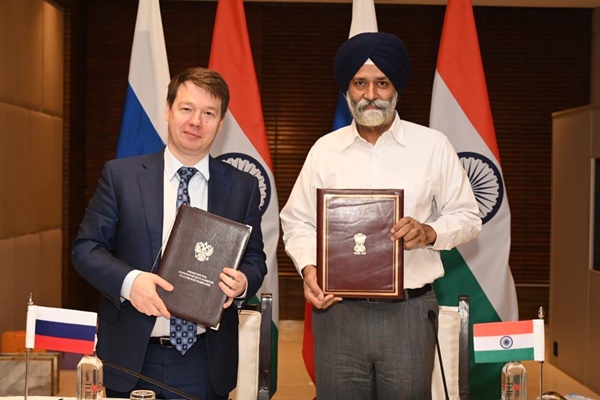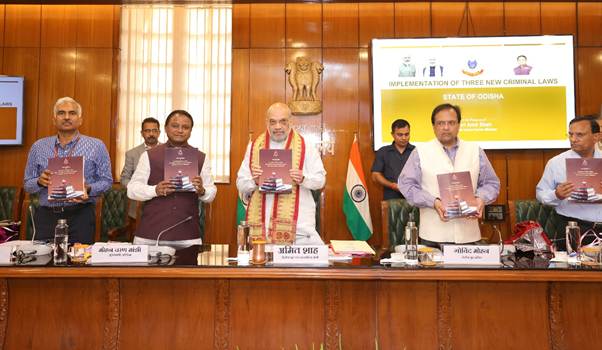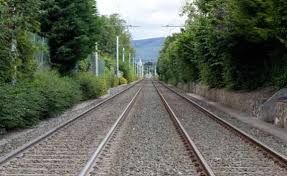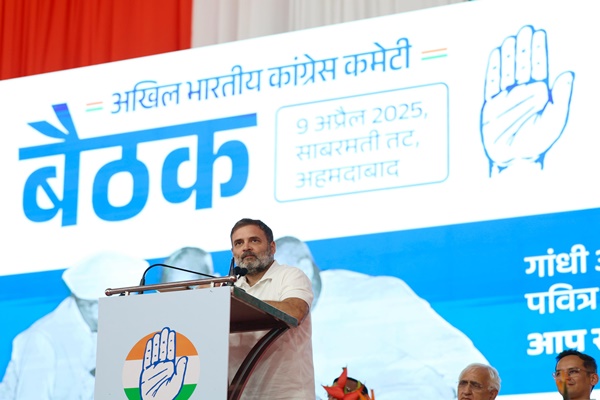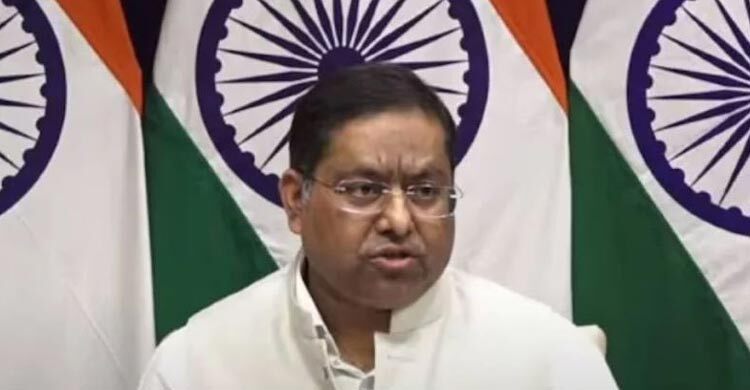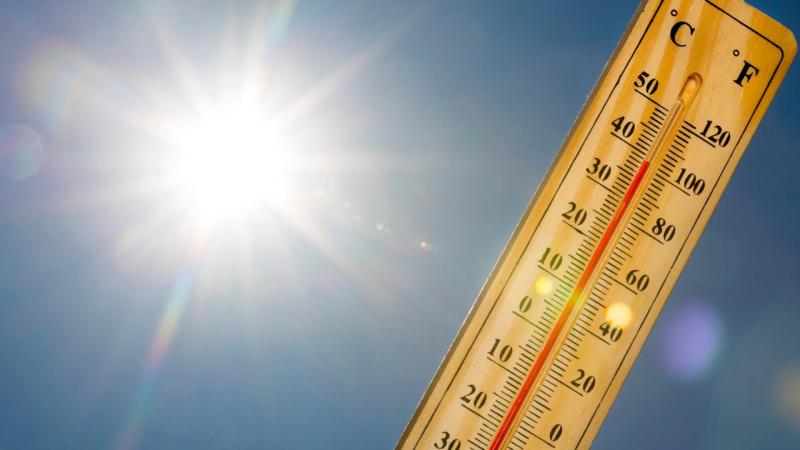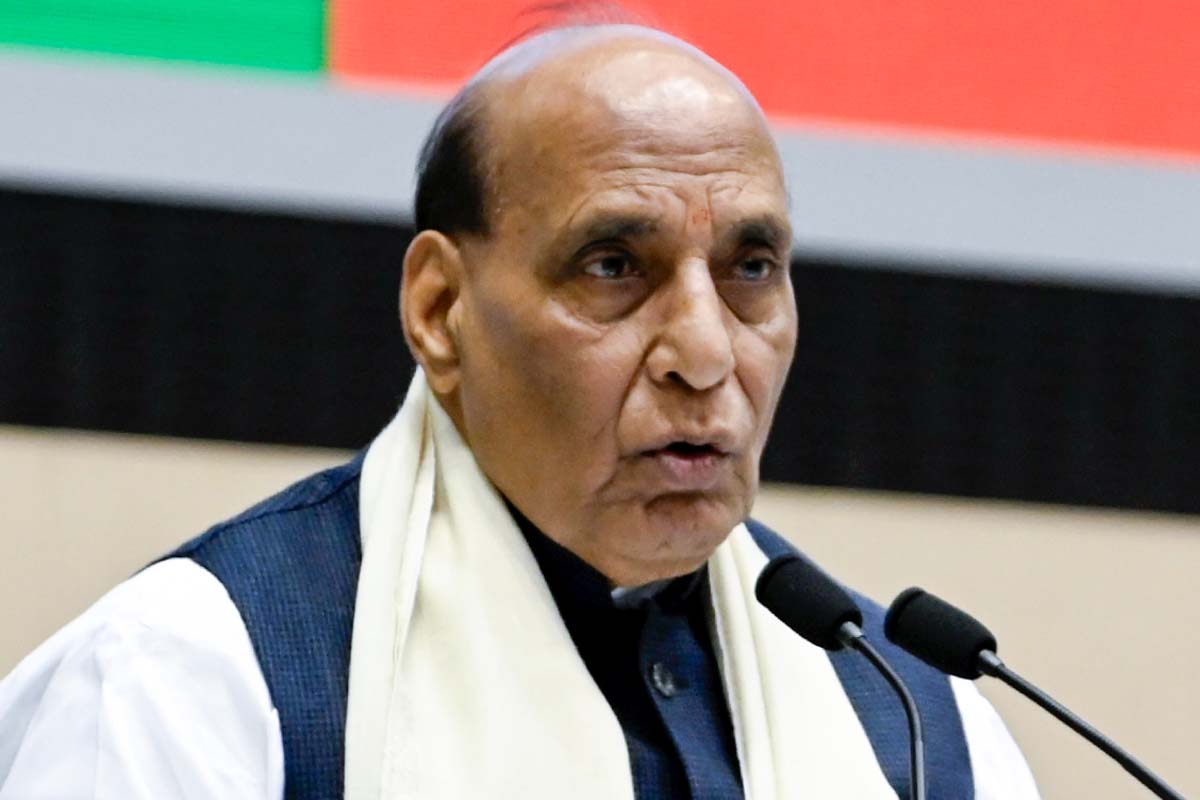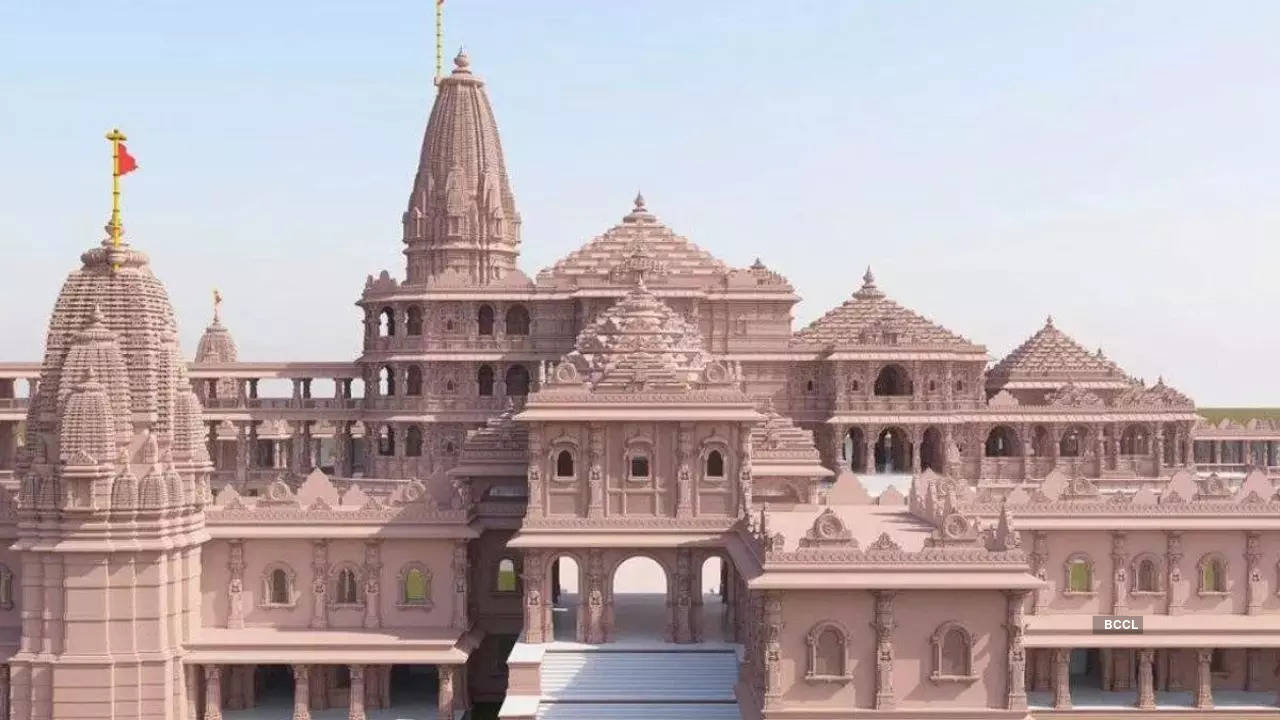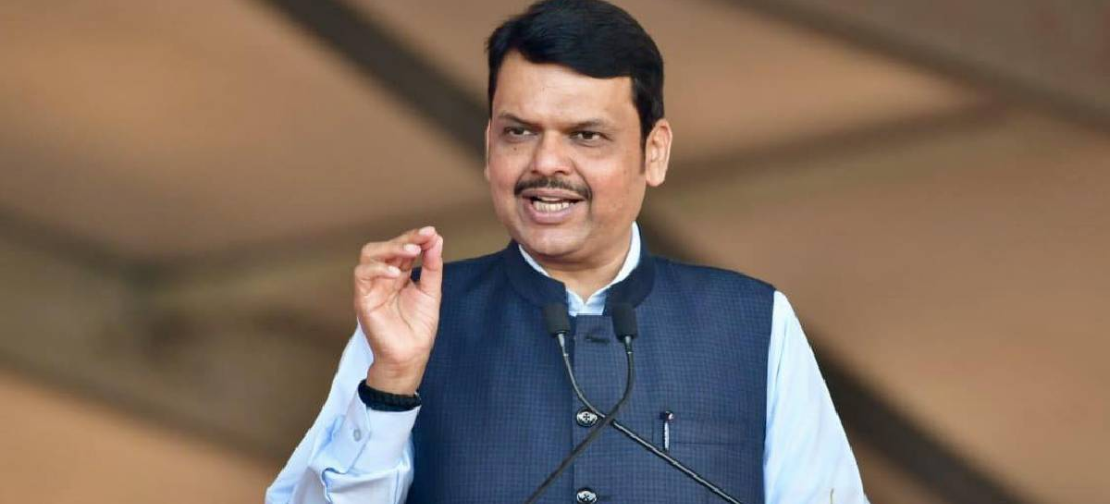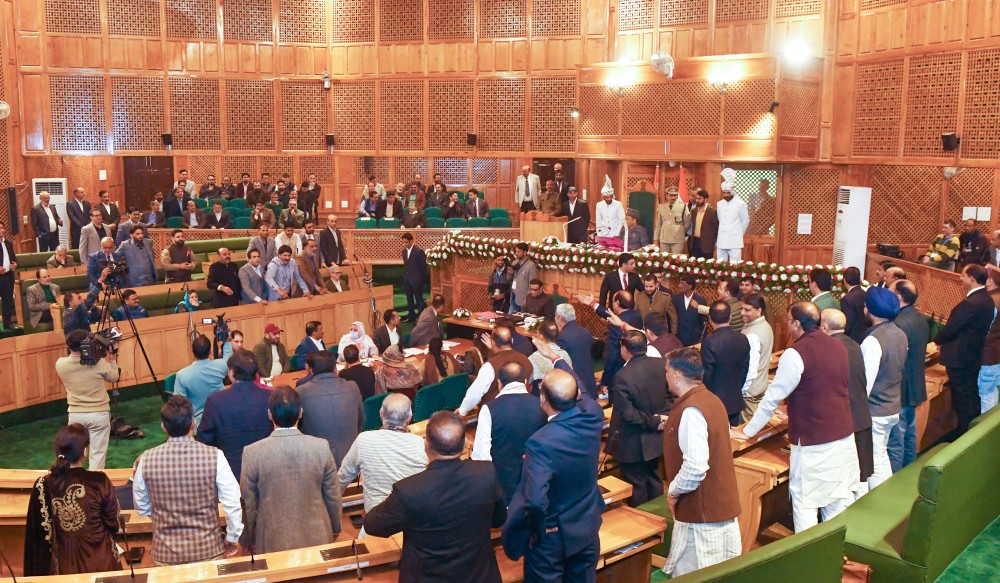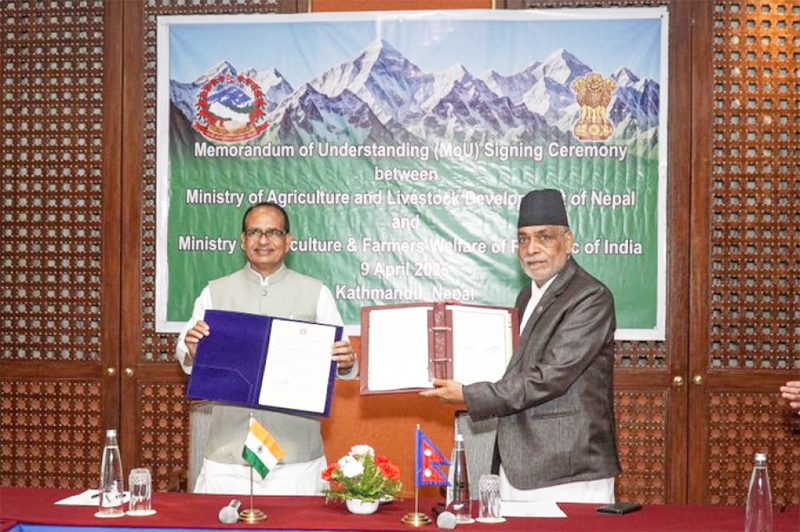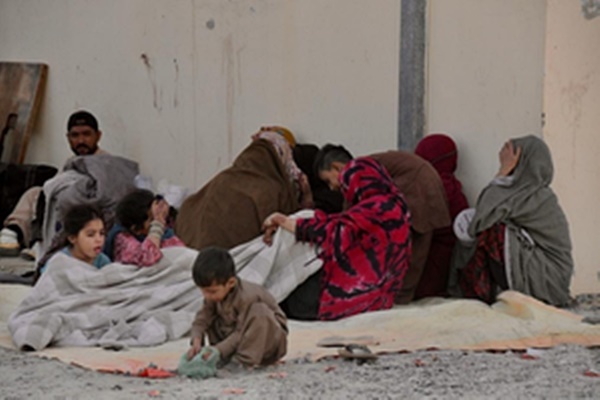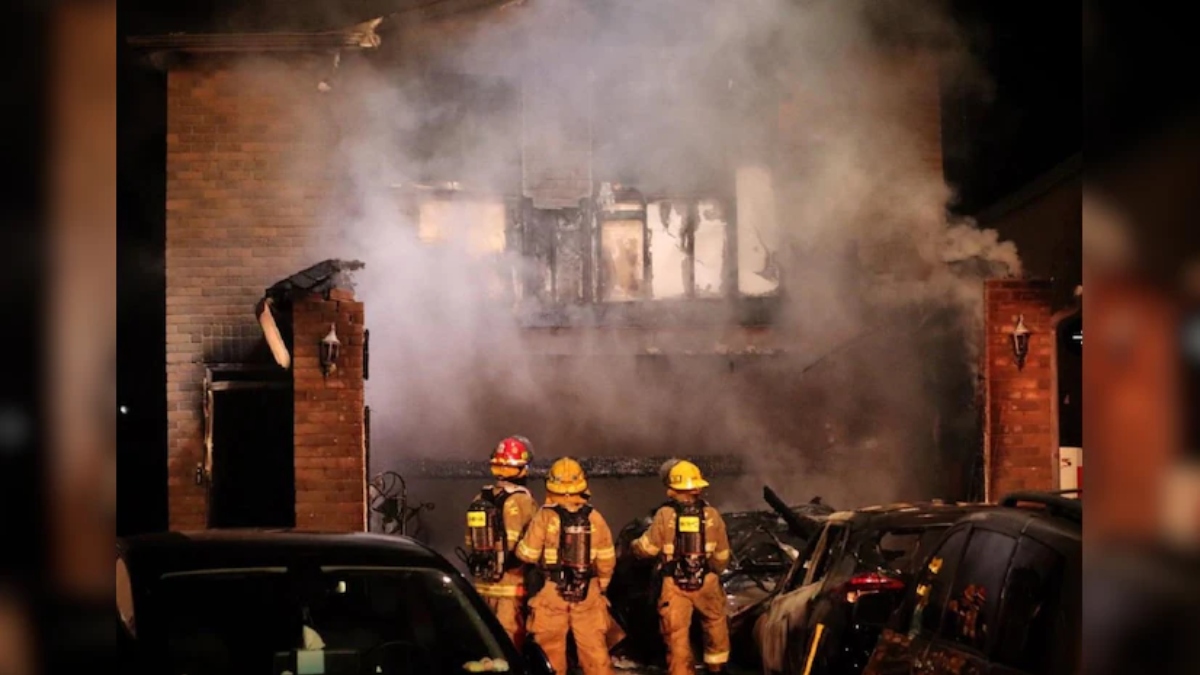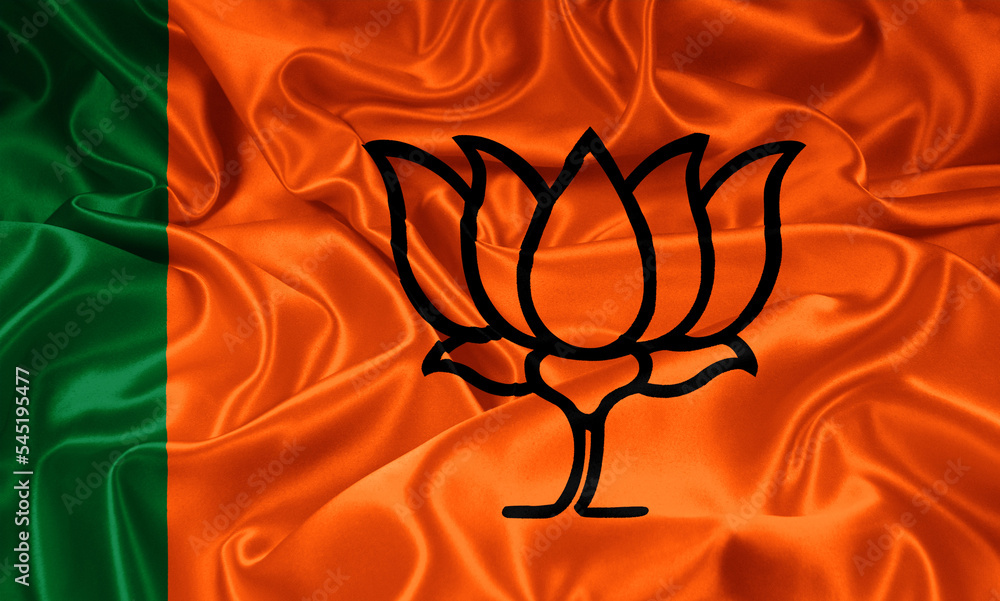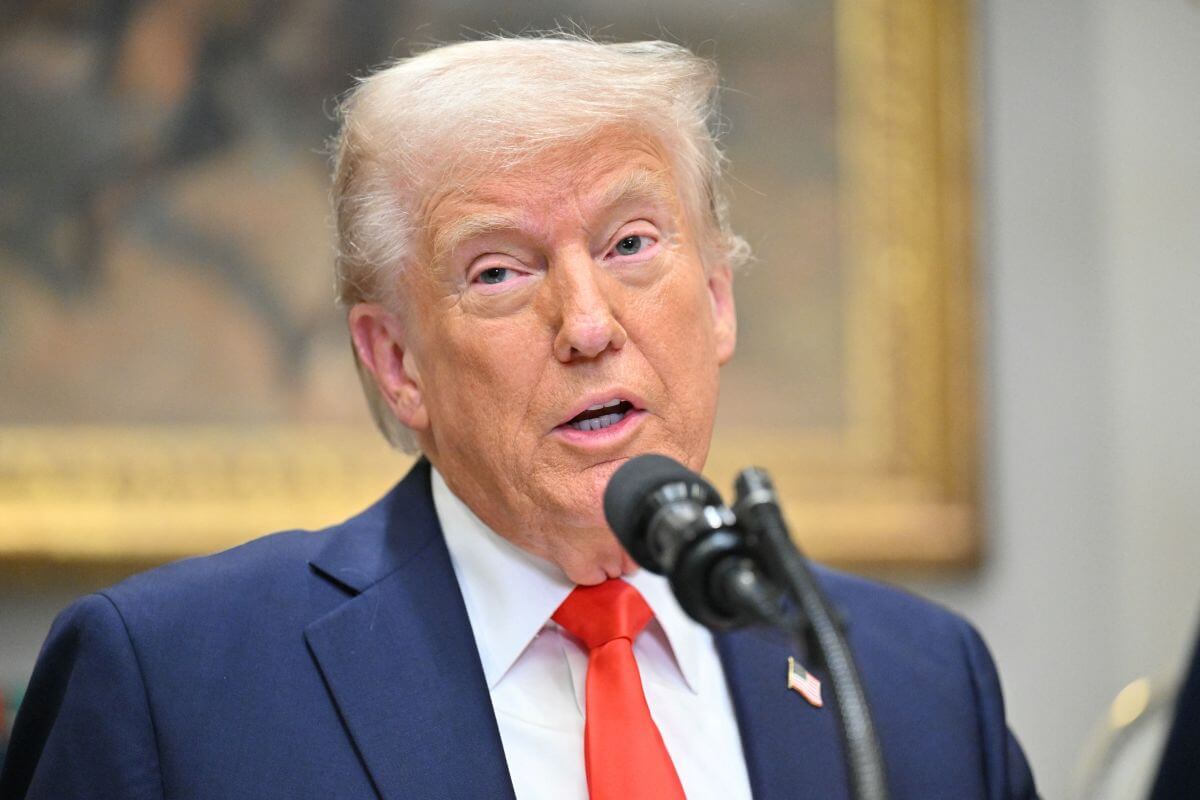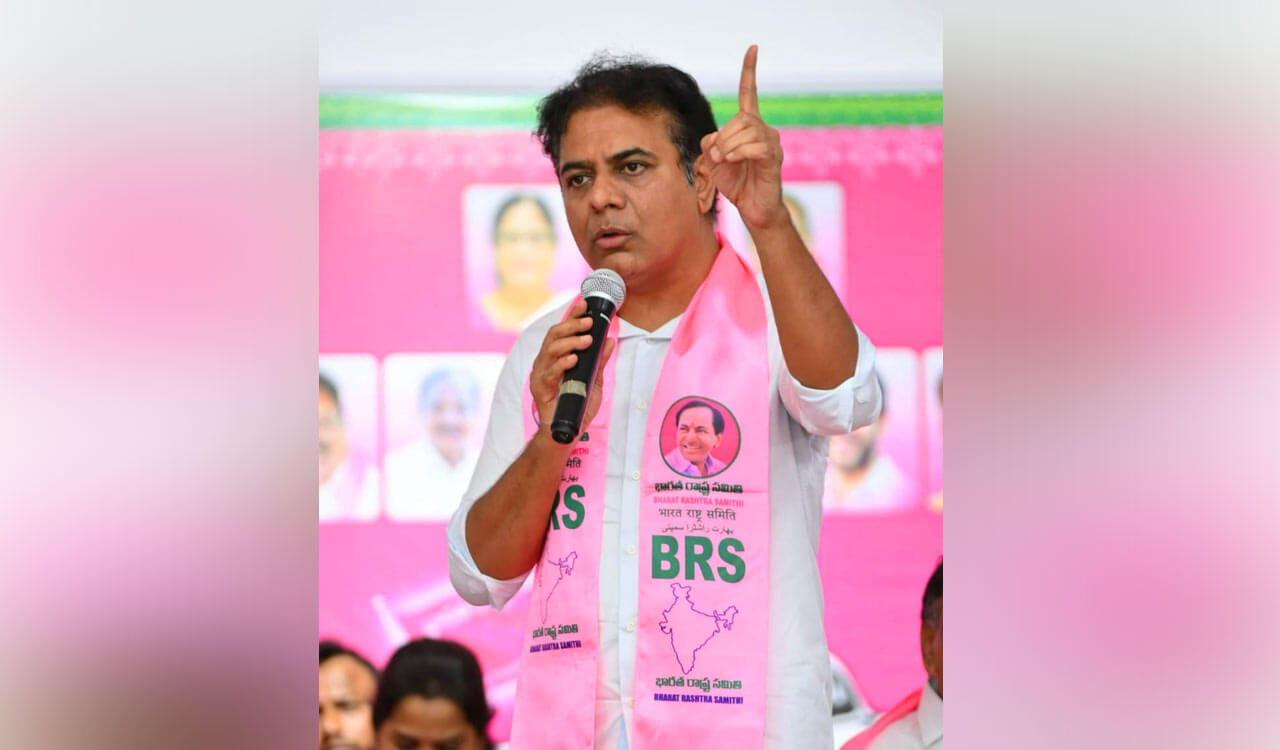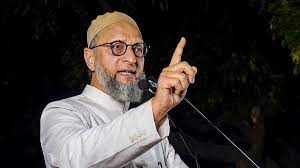Odd-even plan: Even-numbered cars roll on Day 2, Sisodia reaches office on bicycle
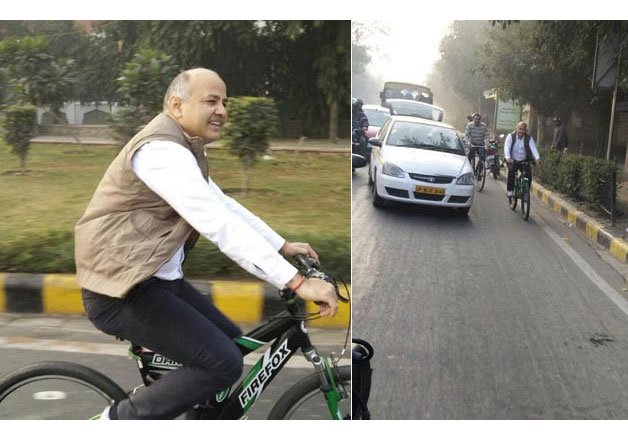
Even-numbered cars rolled out on Delhi streets and the odd-numbered ones stayed largely off the roads on the second day today of the odd-even vehicular restriction trial in Delhi which saw Deputy Chief Minister Manish Sisodia cycle to office.
Although the impact of the reduced traffic flow was not immediately reflected in the levels of suspended particulate matter, any change, if at all, would only be clear by 8 PM, when the restrictions are lifted, experts said.
Across the city, including at major arteries in central Delhi, traffic police were seen stopping violators. Yesterday, 200 errant motorists were challaned by traffic and the city's transport department for violating the formula.
The unprecedented restrictive measures, aimed at curbing pollution, was rolled out in the city yesterday and led to a major cut in the number of cars on city roads.
Sisodia, whose car bears an odd registration number, cycled to the All-India Radio office at 8.30 AM from his residence and then pedalled down to Delhi Secretariat after taking part in a radio show there.
An "overwhelmed" Chief Minister Arvind Kejriwal had said that the radical initiative of the AAP government has received widespread acceptance among the people and that Delhi would "show the way" to the rest of the country.
font-size: 14px; line-height: 20px; font-family: Arial, Helvetica, sans-serif; background-color: rgb(255, 255, 255);">The pilot plan will stay in force till January 15.
As many as 25 categories have received exemption from the restrictions, including emergency service vehicles, taxis and cars being driven by women, which may have only female co- passengers and children up to age of 12.
Two wheelers and CNG-run vehicles have also been exempted.
Under the scheme, private cars bearing odd registration plates are allowed to ply on odd dates while those with even numbers shall do so on even dates. Those caught violating the scheme have to pay a penalty of Rs 2,000.
Yesterday, pollutant levels dipped by around 10 per cent on an average between 8 AM to 2 PM as compared to the previous two days, "possibly" due to the odd-even restrictions, before rising sharply afterwards with a fall in day-time temperature, SAFAR scientists said.
As per initial observations by System of Air Quality and Weather Forecasting and Research (SAFAR), the gains of lower vehicular emissions could have been more had there been less vehicular movement and no bursting of firecrackers on the night of December 31.
To augment public transport as part of efforts to ensure the success of the odd-even plan, an additional 3,000 buses have been deployed in the city while Delhi Metro is running an additional 70 trips.
AIMIM News
Latest Urdu News
Most Viewed
Do you think Canada-India relations will improve under New PM Mark Carney?

